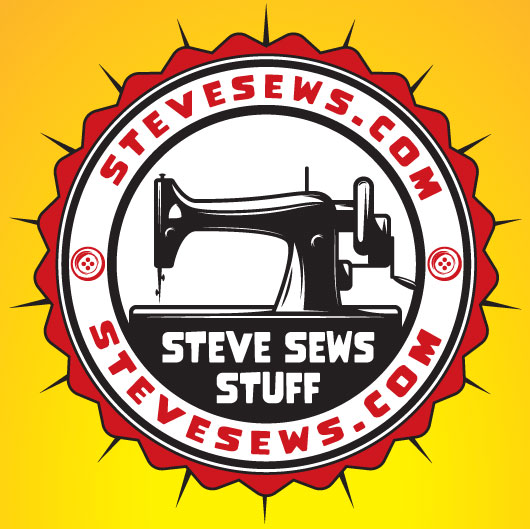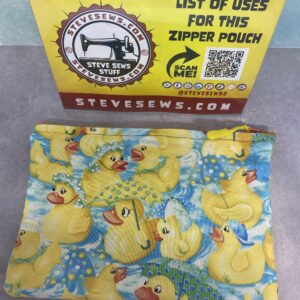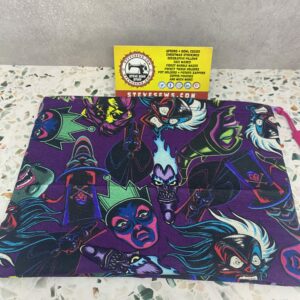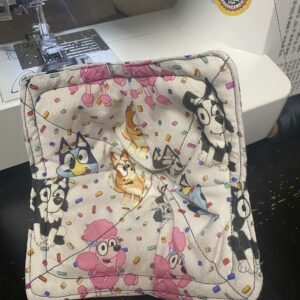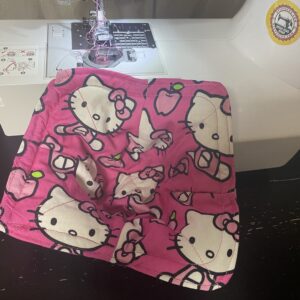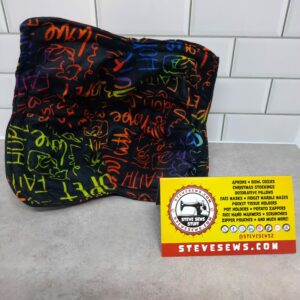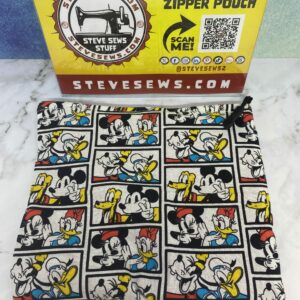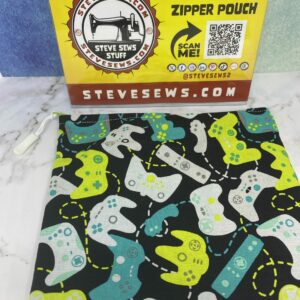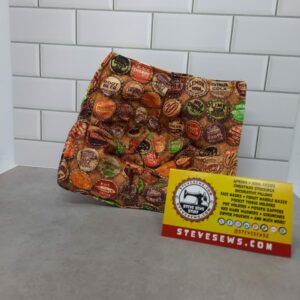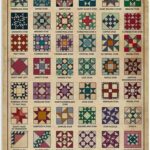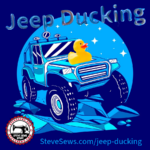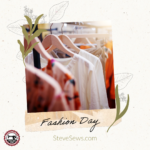Sewing in Case Binding in the Printing Industry — In bookmaking, the term “case binding” often conjures images of stately hardcover books, their spines lined up on library shelves, exuding a sense of permanence and tradition. But what many may not realize is the intricate process of sewing that lies at the heart of this bookbinding method—a process that not only holds the pages together but also connects us to a centuries-old craft.
Thread Sewing: The Backbone of Case Binding
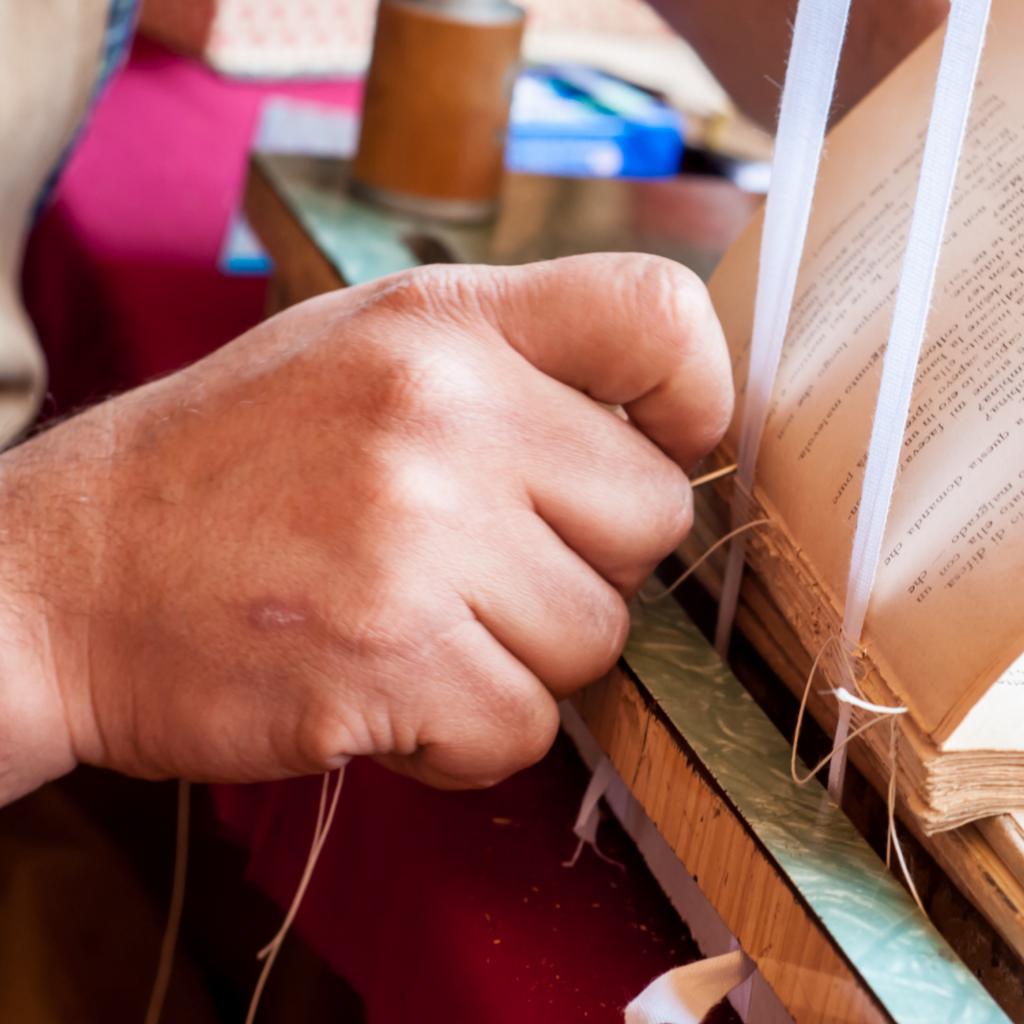
At the core of case binding is thread sewing¹, a technique where printed signatures (groups of pages) are stitched together using a needle and thread. This foundational step is crucial for the durability and longevity of the book. There are two primary methods of thread sewing:
1. Side Sewing: Here, the thread passes from one signature to the next through the side of the book, with stitches running parallel to the binding edge. While this method creates a strong bind, it does not allow the book to lie flat when opened, making it less common for general use but ideal for library binding and repair work¹.
2. Saddle Sewing (Smyth Sewing): This technique involves passing the thread through the fold at the spine of the book. Saddle sewn books tend to lie flat when opened, making it a preferred method for many types of bound materials¹.
The Process: From Signatures to Book Block
The journey from loose pages to a bound book block is a dance of precision and care. After the signatures are gathered, they are fed into a sewing machine—similar to those used in home sewing—that stitches them together. The type of stitch varies depending on the book’s thickness, with options like the standard sewing pattern, continuous lockstitch, or staggered sewing pattern to prevent thread buildup and ensure an even spine thickness¹.
Forwarding: The Transition to a Finished Book
Once the book block is sewn and trimmed to size, it undergoes several forwarding operations. These may include rounding and backing to shape the spine, as well as decorative steps like attaching headbands or applying a cover material to the book board. The result is a text block ready to be encased in its hardcover—a case made of cardboard covered in cloth, leather, or paper¹.
The Final Touch: Encasing the Book Block
The last step in case binding is to encase the sewn book block between the hard covers. This not only protects the pages but also gives the book its characteristic hardcover appearance. The case is often adorned with designs or titles, adding to the book’s aesthetic appeal and making it a cherished object for generations to come¹.
Conclusion: A Stitch in Time
Case binding, with its sewing component, is more than just a method of assembling pages—it’s a bridge to the past, a nod to the artisans who have long practiced the craft of bookbinding. It’s a reminder that in our digital age, some things, like the sewn bindings of a hardcover book, remain tangible and timeless.
This blog post is intended to provide an overview of the sewing involved in case binding. For more detailed instructions or workshops, please refer to the resources provided.
¹: PrintWiki – Case Binding
²: How to Create a Book Using the Case Binding Method – Overview
³: PrintNinja – Case Binding Process
⁴: Handmade Books and Journals – Traditional Case Binding
Upcoming Events
This is a list of the upcoming events that Steve Sews will be at. If you know of one in the East Tennessee area, let me know.
None at this time. Check back later.
Meet …
Meet the staff and/or equipment for Steve Sews.
- Brother Stitch (Current Sewing Machine)
- Forge (Circuit)
- Interns
- Lovees (Stuffed Animals)
- Mendi (My Wife’s Sewing Machine)
- Rosie (Antique Sewing Machine)
- Steve (Steve himself)
- The Masked Bandit (Steve’s older Sewing Machine)
- Trainees
- Van the T-Rex (Helper)
- Zee (Face Mask Model)

SUBSCRIBE TODAY!
Don’t miss a single blog post about sewing, quilting, crafts, and recipes! Plus so much more!
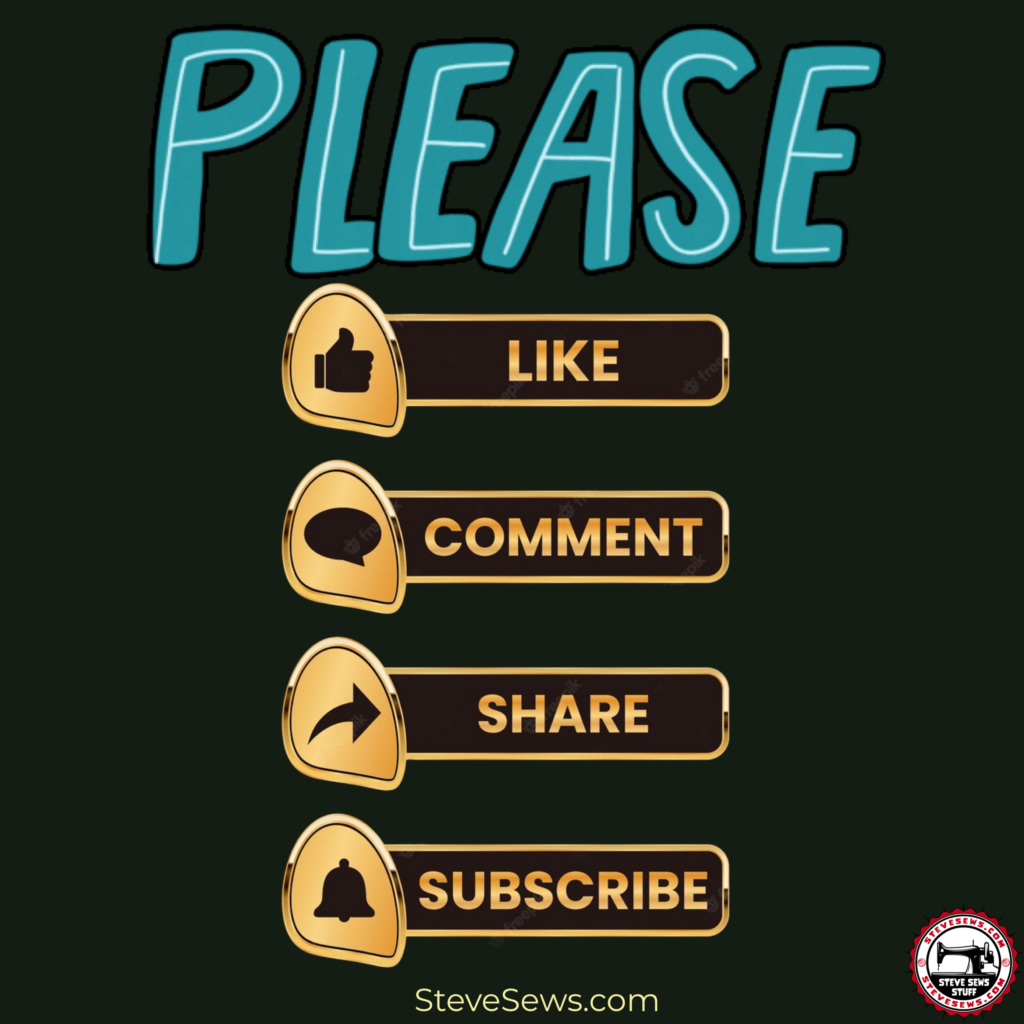
Follow on WordPress
Follow Steve Sews Stuff on WordPress.comFollow Steve Sews Stuff on Social Media:
You can also choose to follow Steve Sews Stuff on social media as well. (@SteveSews2)
Below are some examples of blog entries from all blogs that I do. (Courageous Christian Father, Steve Sews Stuff and SteveZ DesignZ).
Recent Feed of All of Steve’s Blogs
Recent Posts on Steve Sews
Below is a list of the most recent blog posts found on Steve Sews for you to check out.
Clipart: Unsplash, Pixabay, Pexels, Openverse, Adobe Express, Adobe Stock, FreePik, MetroCreative, Wonder AI, Algo AI and more. This site uses Amazon Affiliate Ads & Google Ads.
